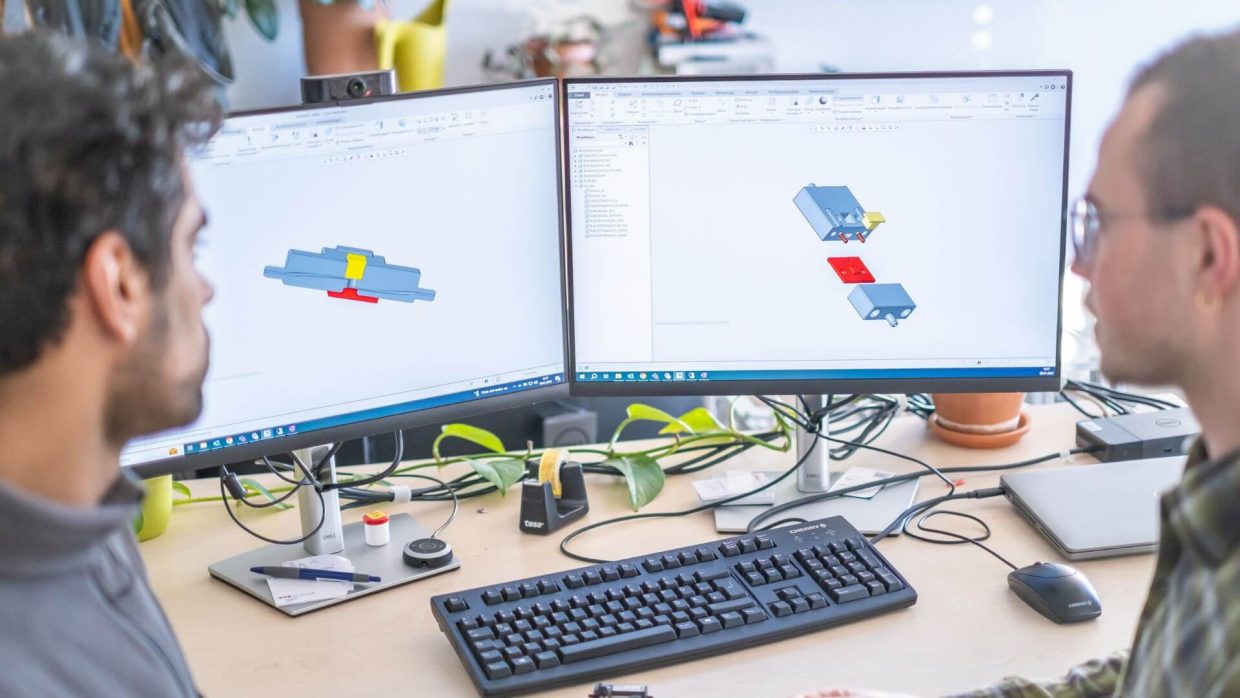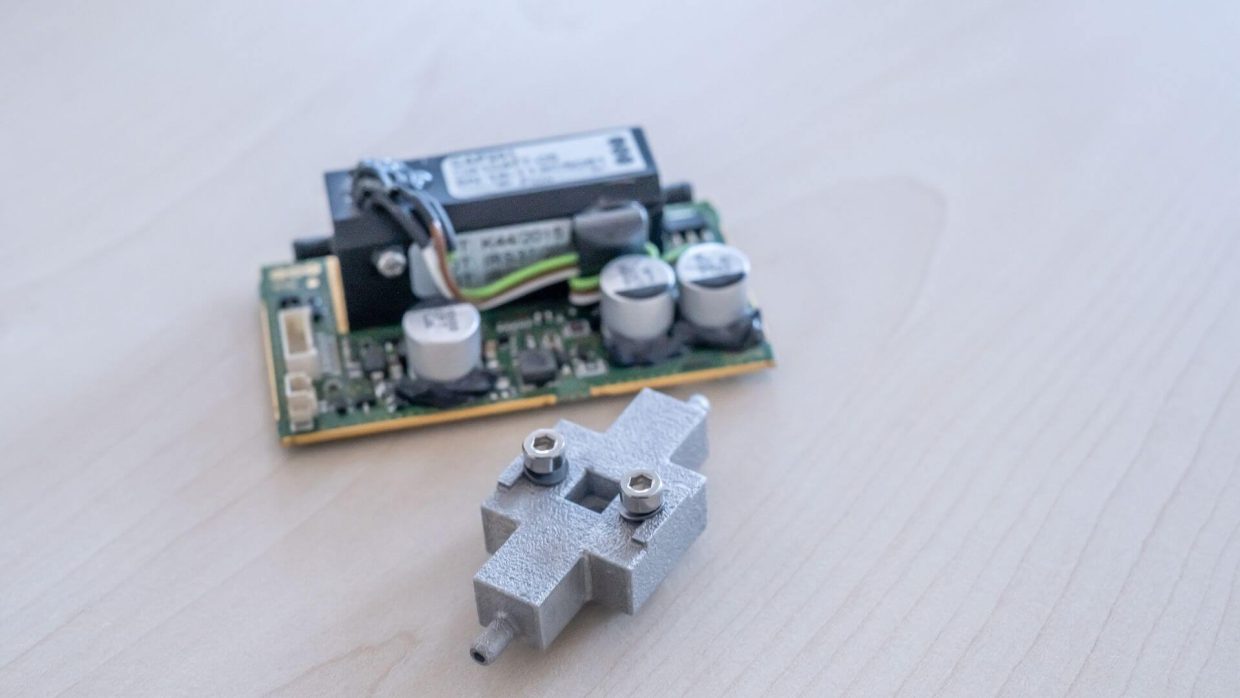A Master’s thesis with impact: Student paves the way for capnography innovations

We often get new ideas and approaches for trendsetting developments from innovation workshops, creative sprints and partnerships with companies. But our favorite approach is to make use of the innovative capacity of our universities and involve students in the development process. They give us fresh perspectives and often help guide us to solutions in unorthodox ways. One of these innovative minds is Hannes. For his university thesis, he has developed a photoacoustic CO2 measuring system for medical respiratory gas analysis.
The continual measurement of the CO2 concentration in respiratory air, also known as capnography, is a crucial part of patient monitoring in medical environments. In his Master’s thesis, Hannes therefore focused on the further development and improvement of our CAP201 capnography module. The aim was to use a photoacoustic detector system to design a CO2 measuring system for emergency ventilation.
Continuously rethink and challenge even proven design concepts
We gave Hannes almost complete freedom when it came to developing a solution and he really made the most of this opportunity. In collaboration with our development department, he put almost all of the existing components to the test. He went on to replace not only the detector system, but also the thermal emitter, which he replaced with a more cost-effective LED version. The system design also came under scrutiny, as Hannes wanted to work out the optimal positioning of the detector and emitter and to establish an improved measurement cell as a result. The aim here was to get as much light output as possible on the surface of the detector and to prevent any dead space in the gas ducts, as these do not allow for any gas exchange, which can end up contaminating the measurements.
Tests back up Hannes’ concept
Hannes developed a LabVIEW program to test how the changes will improve the system. This program makes it possible to control and parameterize the system hardware and to read out and store all of the important measurement results. This allowed Hannes to compare values such as the noise behavior, rise time, temperature dependency and long-term stability of our new capnography module with the behavior of the tried-and-tested CAP201. And the evaluations showed that the new module achieves good to very good values with lower costs and a smaller construction space.
The noise behavior remains significantly below the standard limit, the rise time is very quick and the system is stable over time, delivering valid results over a long period. The system could also be produced a lot more cheaply than the CAP201 thanks to the use of the LED emitter.

the CO2 measurement system
Will the ideas soon enter series production?

photoacoustic measuring system
Hannes has proven that the photoacoustic measuring system is very well-suited for medical respiratory gas analysis. With his help, we were able to successfully complete the advance development stage for the project. To get the module to the series production stage, we now need to perfect the existing demonstrator: we are planning to implement a compact electronics solution on a circuit board, to further optimize the cell, and to put the evaluation software in place on a microcontroller.
START YOUR MEDTECH PROJECT NOW
As a defibrillation specialist with over 20 years of experience in the development and approval of medical devices, we will find the right solution for you. Make an appointment to clarify first questions.